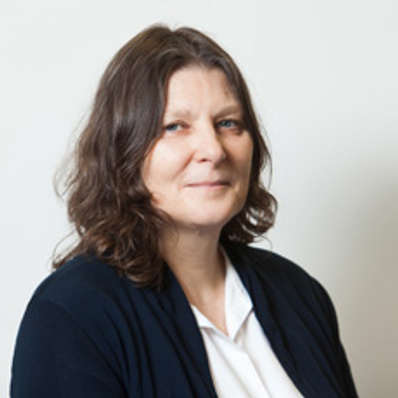- You are here:
- Homepage
- Event Calendar
- 2024 Events
- Super-resolution in the North 2024
This meeting is designed to talk about the current challenges in developing and using super-resolution microscopy. With short talks and lots of time for discussion, the workshop will discuss recent advances in super-resolution imaging from new developments in imaging to analysis of super-resolution data. We particularly want to encourage early career researchers to attend and contribute to the meeting. Please contact the organisers if you would like more information on how to contribute.
Confirmed Speakers:

Alex Payne-Dwyer



Aisha Haneea Syeda


Sandeep Shirgill

Haresh Bhaskar




Sahil Sharma

Jack Shepherd

Oliver Umney


Malika Zahedi
Scientific Organisers

Aleks Ponjavic
University of Leeds

Aleks Ponjavic
University of Leeds
Aleks obtained a PhD in Mechanical Engineering at Imperial College London, where he applied novel fluorescence microscopy techniques to study confined fluids. He then moved to the Chemistry department in Cambridge, where he worked on new single-molecule and light-sheet microscopy tools for investigating the behaviour and organisation of membrane proteins in T cells. In 2020, Aleks starts his own lab as a University Academic Fellow at the Bragg Centre for Materials Research in Leeds. Here, his lab will focus on the application of high-speed fluorescence imaging to push beyond the temporal limits of single-molecule and super-resolution fluorescence microscopy.

Michelle Peckham
University of Leeds

Michelle Peckham
University of Leeds
Michelle is Professor of Cell Biology in the Faculty of Biological Sciences. She obtained a BA in Physiology of Organisms at the University of York, and a PhD in Physiology at University College London. She moved to King's College London, and started to use a specialised form of light microscopy (birefringence) to investigate muscle crossbridge orientation. She then worked at UCSF, San Francisco for a year, where she used fluorescence polarisation to investigate muscle crossbridges. She moved back to the UK, to the University of York, to work on insect flight muscle. In 1990 she was awarded a Royal Society University Research fellowship, based at King's College London, and began working on the cell and molecular biology of muscle development, and started to use live cell imaging to investigate muscle cell behaviour in cultured cells, and confocal microscopy to investigate their cytoskeleton. She collaborated with Graham Dunn to use Digitally Recorded Interference Microscopy with Automatic Phase Shifting (DRIMAPS) to investigate cell crawling behaviour. She moved to Leeds in 1997 as a Lecturer, and has continued to use a wide range of both light and electron microscopy approaches to investigate the molecular motors and the cytoskeleton.
RMS Organiser
















